2-Bromo-4-chlorophenol
- CAS NO.:695-96-5
- Empirical Formula: C6H4BrClO
- Molecular Weight: 207.45
- MDL number: MFCD00002319
- EINECS: 211-785-6
- SAFETY DATA SHEET (SDS)
- Update Date: 2025-12-04 13:51:22

What is 2-Bromo-4-chlorophenol?
Chemical properties
White to slightly beige low melting solid
The Uses of 2-Bromo-4-chlorophenol
2-Bromo-4-chlorophenol is a reactant in the preparation of 3-(2-(2,4-dichlorophenoxy)ethoxy)-6-methyl-2-nitropyridine selective sphingosine-1-phosphate 4 receptor (S1P4-R) agonist.
Properties of 2-Bromo-4-chlorophenol
| Melting point: | 31-33 °C (lit.) |
| Boiling point: | 121-123 °C/10 mmHg (lit.) |
| Density | 1.6027 (rough estimate) |
| refractive index | 1.5730 (estimate) |
| Flash point: | >230 °F |
| storage temp. | Keep in dark place,Sealed in dry,Room Temperature |
| solubility | methanol: 0.1 g/mL, clear |
| form | powder to lump to clear liquid |
| pka | 7.98±0.18(Predicted) |
| color | White or Colorles to Yellow to Orange |
| BRN | 2042871 |
| CAS DataBase Reference | 695-96-5(CAS DataBase Reference) |
| NIST Chemistry Reference | Phenol, 2-bromo-4-chloro-(695-96-5) |
Safety information for 2-Bromo-4-chlorophenol
| Signal word | Warning |
| Pictogram(s) |
 Exclamation Mark Irritant GHS07 |
| GHS Hazard Statements |
H315:Skin corrosion/irritation H319:Serious eye damage/eye irritation H335:Specific target organ toxicity, single exposure;Respiratory tract irritation |
| Precautionary Statement Codes |
P302+P352:IF ON SKIN: wash with plenty of soap and water. P305+P351+P338:IF IN EYES: Rinse cautiously with water for several minutes. Remove contact lenses, if present and easy to do. Continuerinsing. |
Computed Descriptors for 2-Bromo-4-chlorophenol
2-Bromo-4-chlorophenol manufacturer
JSK Chemicals
3Y
Phone:+91-9879767984
Whatsapp: +91-9879767970
product: 2-Bromo-4-chlorophenol, 98% 695-96-5 99%
New Products
4,4-Difluoropiperidine hydrochloride tert-butyl 9-methoxy-3-azaspiro[5.5]undecane-3-carboxylate Indole Methyl Resin N-Isopropylurea N,N-Dicyclohexylcarbodiimide(DCC) MELDRUMS ACID 5-METHYLISOXAZOLE-4-CARBOXYLIC ACID Magnessium Bis glycinate Zinc ascorbate 1-bromo-2-butyne 2-acetamidophenol 9(10H)-anthracenone Erythrosin B, 4-Piperidinopiperidine 2-((4-morpholinophenylamino) (methylthio) methylene) malononitrile 2,4-dihydroxybenzaldehyde 3-(4-morpholinophenylamino)-5-amino-1H-pyrazole-4-carbonitrile Methyl 2-methylquinoline-6-carboxylate 2,6-dichloro-4-nitropyridine 4-Bromo-2-chlorobenzonitrile 2-(benzylamino)acetic acid hydrochloride 4-(tert-Butoxycarbonylamino)but- 2-ynoic acid 3,4-dihydro-2H-benzo[b][1,4]dioxepine 1-Phenyl-1-cycloprppanecarboxylicacidRelated products of tetrahydrofuran



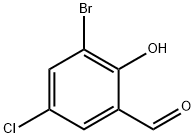
![METHYL 3-([2-(2-BROMO-4-CHLOROPHENOXY)ACETYL]AMINO)-2-THIOPHENECARBOXYLATE](https://img.chemicalbook.in/StructureFile/ChemBookStructure4/GIF/CB6292036.gif)

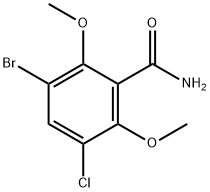

You may like
-
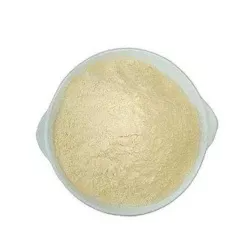 695‐96‐5 2‐Bromo‐4‐chlorophenol 98%View Details
695‐96‐5 2‐Bromo‐4‐chlorophenol 98%View Details
695‐96‐5 -
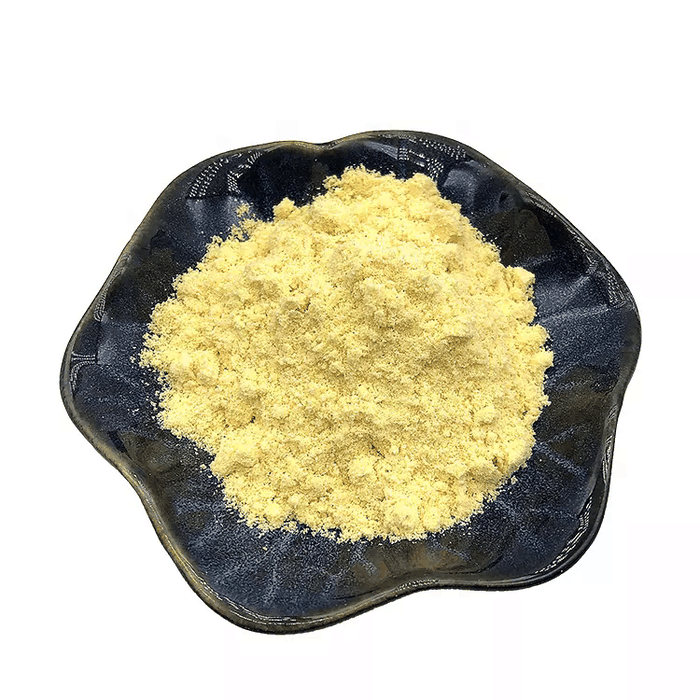 695-96-5 98%View Details
695-96-5 98%View Details
695-96-5 -
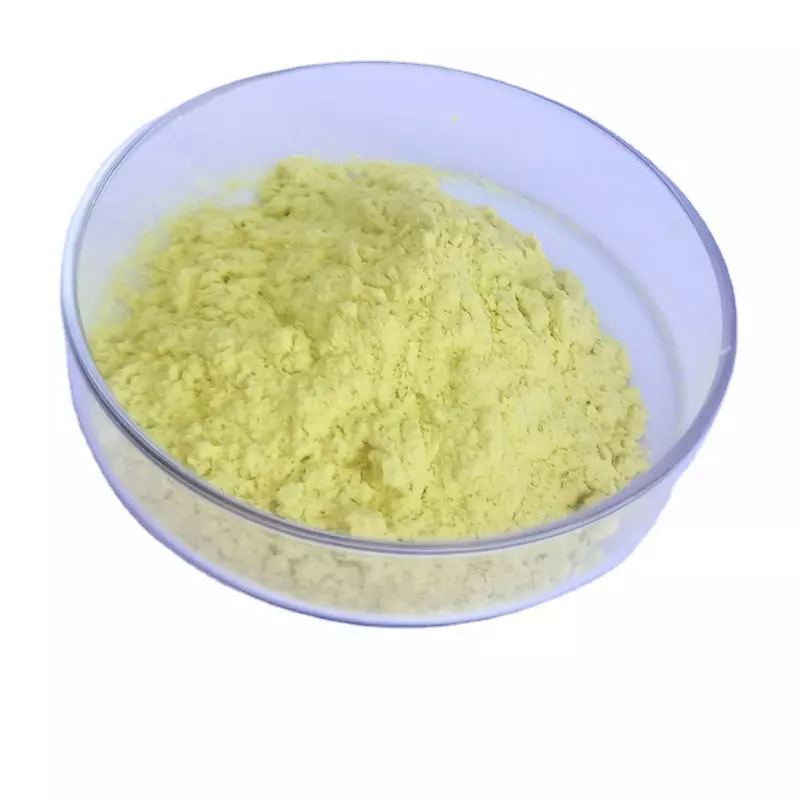 2 – BROMO – 4 – CHLORO PHENOL 98%View Details
2 – BROMO – 4 – CHLORO PHENOL 98%View Details
695-96-5 -
 695-96-5 2-bromo-4-chlorophenol 98%View Details
695-96-5 2-bromo-4-chlorophenol 98%View Details
695-96-5 -
 2-Bromo-4-chlorophenol, 98% 695-96-5 99%View Details
2-Bromo-4-chlorophenol, 98% 695-96-5 99%View Details
695-96-5 -
 2-Bromo-4-chlorophenol CAS 695-96-5View Details
2-Bromo-4-chlorophenol CAS 695-96-5View Details
695-96-5 -
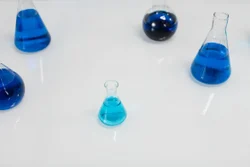 2-Bromo-4-Chlorophenol, For LaboratoryView Details
2-Bromo-4-Chlorophenol, For LaboratoryView Details
695-96-5 -
 20677-73-0 (2,2-diethoxyethyl)methylamine 98%View Details
20677-73-0 (2,2-diethoxyethyl)methylamine 98%View Details
20677-73-0
Statement: All products displayed on this website are only used for non medical purposes such as industrial applications or scientific research, and cannot be used for clinical diagnosis or treatment of humans or animals. They are not medicinal or edible.
